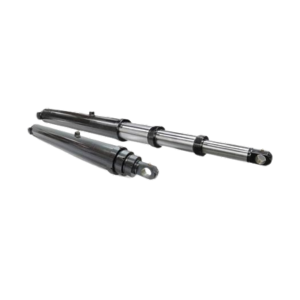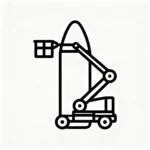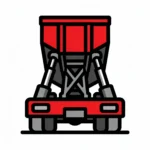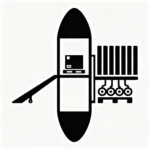Contact : +91-79045 61980 | Email: hydrofitengineers@gmail.com
Pneumatic Telescopic Cylinder
Multi-Stage Telescoping Air Actuators
Hydrofit’s pneumatic telescopic cylinders deliver extended stroke and minimal retracted length – made for aerial platforms, dump beds, material handling and mobile equipment. Available in single-acting and double-acting configurations with adjustable stage counts and bore diameters.

Why Choose Hydrofit Pneumatic Telescopic Cylinders
- Commercial-grade, multi-stage design for long stroke with compact retracted length.
- Single-acting (spring/retract) and double-acting options.
- Industry-grade sealing & surface treatments for durability in mobile and industrial environments.
- Customizable stroke and stage configuration – build-to-order SKU support.
Product Configurations & Use Cases
You will get adjustable telescopic air cylinders for: aerial platforms, dump trucks, dock levelers, material handling systems, agricultural implements and compact construction equipment which are optimized to meet duty cycle and environmental requirements.

Aerial platforms & cherry pickers
(long stroke, compact storage)

Active dump beds & trailers
(robust single/double acting lift)

Dock levelling & material handling
(synchronized multi-cylinder arrays)
Technical Features & Benefits of Telescopic Cylinders
- Nested multi-stage design for maximum stroke-to-retracted length ratio.
- High-integrity seals and low-friction coatings for long service life.
- Optional encoders/position sensors and locking features for safety-critical lifts.
- Modular mounting (flange, trunnion, clevis) for OEM integration.
want to place order for Pneumatic telescopic cylinder?
We’re just a call away
FAQs
1. What is the lead time for custom pneumatic telescopic cylinders?
Typically, the lead time for custom builds is 7–14 business days.
2. Can I order single prototype units?
Yes, Hydrofit accommodates prototype orders and quantity-based pricing for production runs.
3. What is the maximum stroke available?
Standard telescopic strokes reach up to 1200 mm with multi-stage assemblies. you can consult to Hydrofit for large-stroke custom designs.
4. How to select a pneumatic telescopic cylinder?
Choose by specifying the following parameters:
load, stroke, retracted envelope, acting type, bore/pressure, duty cycle, environment, mounting, and compliance.
For customized specifications, ask for a Hydrofit sizing consultation or you know more about telescoping cylinders here.
5. How many type of pneumatic cylinder you deliver?
Hydrofit Engineers supplies telescopic, single-acting, double-acting, rodless, guided/tie-rod, compact, heavy-duty cylinders, plus custom integrated solutions.
